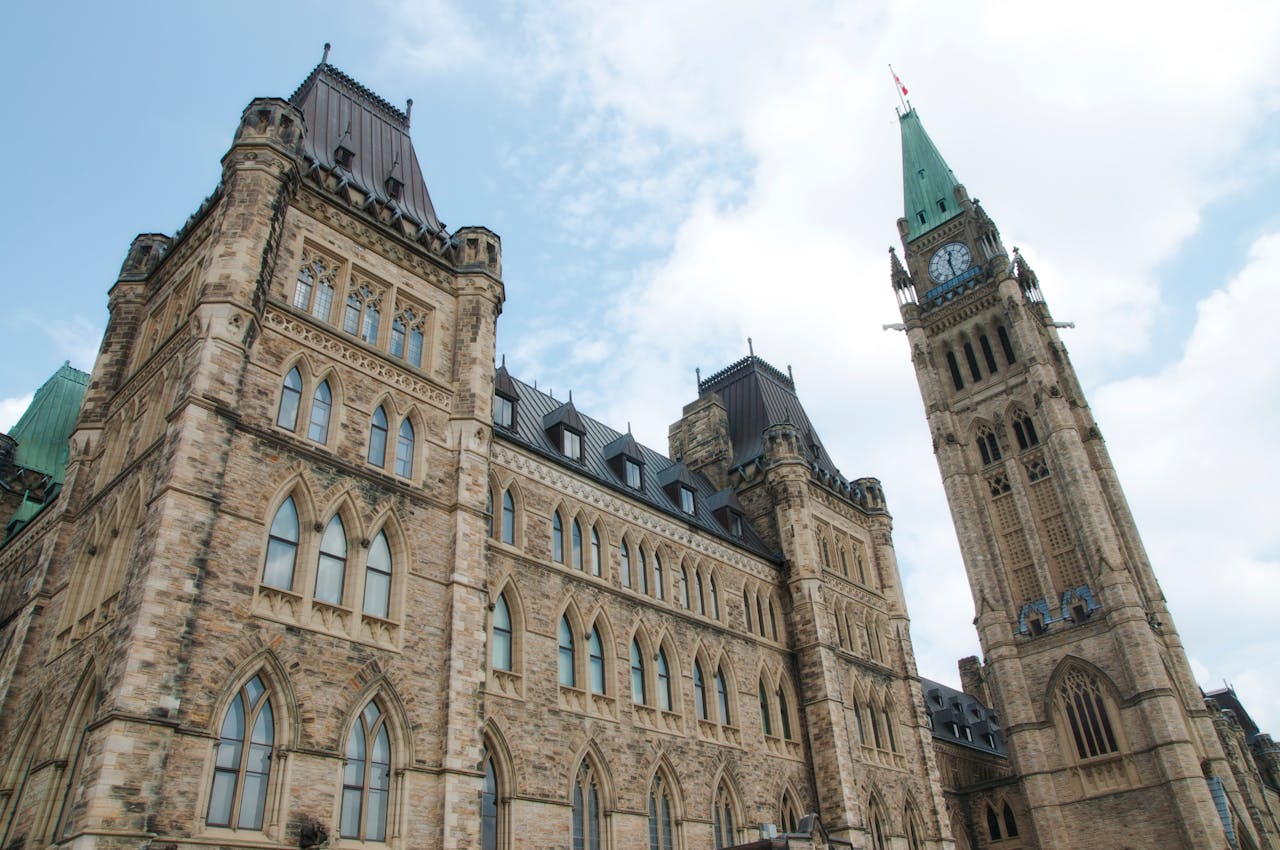The Globe and Mail recently published a study that assessed and ranked the most attractive cities for newcomers in Canada. The study focused on factors such as ease of integration into the community, access to essential amenities, and the availability of affordable housing. The rankings were specifically tailored for individuals who have immigrated to Canada within the last five years.
Data was gathered from 439 cities across the country, each having a population exceeding 10,000. The comprehensive evaluation considered 43 variables spread across 10 critical categories essential for individuals contemplating a move to a new city. These categories encompassed aspects like the economy, housing, demographics, healthcare, safety, education, community, amenities, transportation, and climate.
Here is the resulting ranking:
1. Victoria, B.C.
2. North Vancouver, B.C.
3. Winnipeg, Man.
4. Regina, Sask.
5. Burlington, Ont.
6. West Vancouver, B.C.
7. Saanich, B.C.
8. Calgary, Alta.
9. Pitt Meadows, B.C.
10. Oak Bay, B.C.
11. Mont-Royal, Que.
12. Saskatoon, Sask.
13. Canmore, Alta.
14. Vancouver, B.C.
15. Langley, B.C.
16. Westmount, Que.
17. Port Coquitlam, B.C.
18. New Westminster, B.C.
19. Fort St. John, B.C.
20. Maple Ridge, B.C.
The study highlighted specific categories deemed more crucial for individuals choosing a community to reside in, assigning greater importance to factors like housing, while giving less weight to relatively less significant categories such as climate.
Ultimately, the researchers concluded the study by assigning weights to each category and averaging the scores to derive a composite score for each city. It's worth noting that even a top-ranked city like Victoria did not achieve perfection, receiving average scores in housing and healthcare. Nevertheless, the ranking provides a comprehensive perspective on the strengths of each city and its overall livability.
A deep dive into the categories and variables
Economy
This classification evaluates a city's economic well-being by scrutinizing its job market, income levels, tax structure, and overall financial stability.
Ratio of average household income tax to average household income: A lower ratio is preferable.
Average household income: Higher incomes are more favorable.
Financial vulnerability index: This assesses the percentage of the population facing challenges in meeting financial obligations, such as housing, basic necessities, and debt management, following a sudden loss of income. A lower index is more desirable.
Unemployment rate: As of July 1, 2023, a lower unemployment rate is considered more favorable.
Housing
Regarding housing, this category assesses the affordability of housing and the availability of housing options for seniors. It takes into account factors such as the average value of primary real estate, property tax, and household dwelling expenditure. Additionally, the evaluation includes an examination of senior housing per capita.
Demographics
This category centers on a city's stability and sustainability concerning population growth, diversity, and cultural richness.
Deviation of five-year population change from Canadian average: Cities earn more points if the absolute population change from 2018 to 2023 closely mirrors the Canadian average population change during that period.
Diversity Indicator Index: This index comprises three variables, including the percentage of the population with a mother tongue other than English or French, the percentage of the population composed of first- or second-generation immigrants, and the percentage of the population representing visible minorities. Higher values are more favorable in this context.
Healthcare
Concerning healthcare, The Globe scrutinized the availability and quality of healthcare services, along with residents' overall perception of their health status. Indicators utilized included the percentage of the population capable of promptly receiving care for minor issues within three days and the percentage of the population with a designated regular healthcare provider.
Safety
This category assesses the probability of crimes occurring and the general confidence of residents in public safety. The likelihood of crime involves predictions of criminal activities and losses derived from over 100 demographic and socioeconomic factors, as well as indicators of behavior, police reports, and incidents of client loss. A lower score is considered more favorable in this context.
Education
In the education category, the evaluation focused on the educational credentials of the community and the presence of schools, universities, and other educational institutions in the vicinity.
Community
Regarding the community category, the assessment considered social engagement venues, community events, volunteer opportunities, and the prevailing sense of belonging and connectivity within the city.
Amenities
In the amenities category, The Globe assessed the abundance of recreational facilities, entertainment choices, shopping centers, and various leisure opportunities accessible to residents in the community. This encompassed considerations such as the availability of cannabis stores, gyms, movie theaters, as well as proximity to childcare, grocery stores, libraries, and parks.
Transportation
Regarding transportation, the evaluation in this category scrutinized the public transit system, accessibility, and the overall ease of navigating the city. This involved examining the proportion of households within 45 minutes of an airport and the proportion of the population residing within one kilometer of any public transportation source.
Climate
The Globe evaluated the climate of each city, documenting extreme weather events and overall seasonal conditions based on historical data. They analyzed the frequency of days in a year when the humidex exceeded 35 and when the daytime low temperature dropped below -15 degrees Celsius.
Other factors
The Globe also evaluated other factors. Those factors include how the city is for young professionals, raising children, retirement, newcomers, and entrepreneurs. All the research is available here!


.jpg)

.jpg)
.jpg)
.jpg)
.jpg)
.jpg)

.jpg)
.jpg)